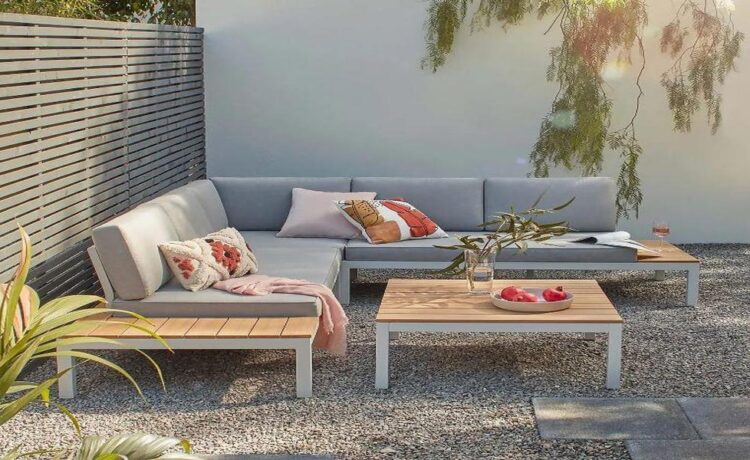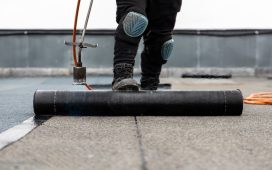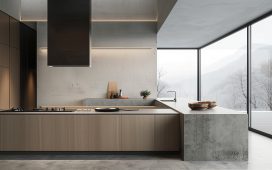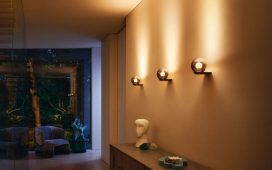Outdoor furniture serves a vital role in enhancing the functionality and aesthetic appeal of an outdoor living space. Choosing the right materials for outdoor furniture is essential to ensure durability, weather resistance, and long-lasting performance. With so many options available, it can be challenging to determine which materials are best suited for outdoor furniture. In this article, we will explore some of the most popular materials used in the making of outdoor furniture and their pros and cons.
Teak
Teak is a highly sought-after material for outdoor furniture due to its natural durability and resistance to moisture, insects, and rot. It is a dense hardwood that is native to Southeast Asia and has been used for centuries to make outdoor furniture. The natural oils in teak make it highly resistant to water damage and rot, which makes it ideal for outdoor use. Additionally, teak has a beautiful, warm appearance that only gets better with age.
Pros:
- Durable and long-lasting
- Resistant to moisture, insects, and rot
- Naturally beautiful
Cons:
- Expensive
- Requires regular maintenance to maintain appearance
Aluminum
Aluminum is a popular choice for outdoor furniture due to its lightweight, durability, and low maintenance. It is rust-resistant, making it ideal for use in humid and coastal areas. Additionally, aluminum can be easily shaped and molded into various designs, making it an ideal choice for contemporary outdoor furniture.
Pros:
- Lightweight and easy to move
- Durable and long-lasting
- Rust-resistant
Cons:
- Can be prone to scratches and dents
- Can be uncomfortable to sit on for extended periods
Wicker
Wicker is a popular choice for outdoor furniture due to its natural beauty and versatility. It is made from woven plant fibers such as rattan, bamboo, or reed. Wicker furniture can be either natural or synthetic, and both are highly durable and weather-resistant. Natural wicker requires more maintenance than synthetic wicker, but it has a more authentic and natural appearance.
Pros:
- Versatile and beautiful
- Durable and weather-resistant
- Lightweight and easy to move
Cons:
- Natural wicker requires regular maintenance
- Can be uncomfortable to sit on for extended periods
Steel
Steel is a durable and long-lasting material for outdoor furniture. It is heavy and sturdy, making it ideal for windy areas. Additionally, steel can be easily molded into various designs, making it an ideal choice for modern and contemporary outdoor furniture.
Pros:
- Durable and long-lasting
- Sturdy and heavy
- Easy to maintain
Cons:
- Prone to rust if not properly maintained
- Can be uncomfortable to sit on for extended periods
Plastic
Plastic is an affordable and low-maintenance option for outdoor furniture. It is lightweight, easy to move, and weather-resistant. Additionally, plastic furniture is available in a wide range of colors and designs, making it ideal for those who want to add a pop of color to their outdoor space.
Pros:
- Affordable and low-maintenance
- Lightweight and easy to move
- Weather-resistant
Cons:
- Can be prone to cracking and fading over time
- Not as durable as other materials
In conclusion, there are many materials to choose from when it comes to outdoor furniture, and the best material will depend on your needs and preferences. Teak and aluminum are ideal for those who want durable and low-maintenance furniture, while wicker and steel are better suited for those who value versatility and design. Plastic is an affordable option that is great for those on a budget or those who want to add a pop of color to their outdoor space. Ultimately, the best outdoor furniture is one that fits your lifestyle and meets your needs.















